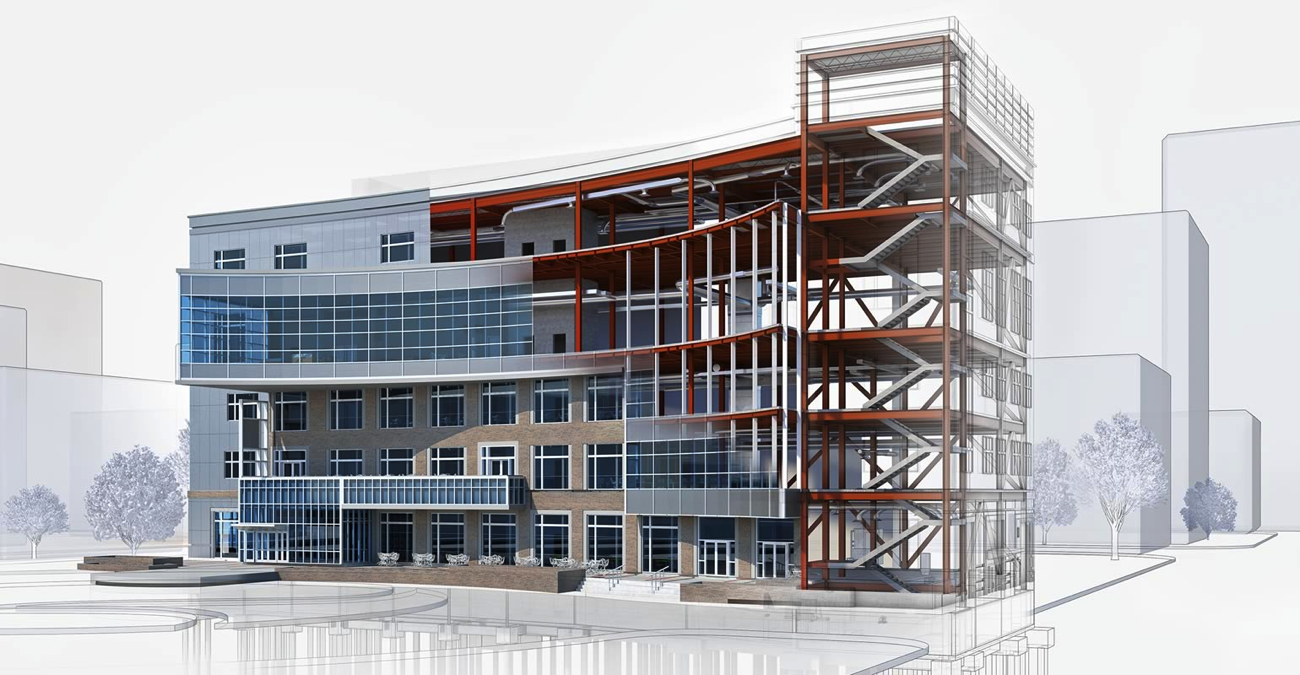BIM (Building Information Modeling: Building Information Modeling, Building Information System) in its most basic definition; It is a
3-dimensional information sharing process that can be used jointly by those who take charge in the design, construction and maintenance
of different architectural projects. Thanks to software such as ARCHICAD that manages this process, everyone from different stages and layers
of the project, from employers to engineers, from contractors to architects, can easily access up-to-date information and details about the project process.
The use in many countries, particularly Britain, which is mandatory BIM utilization rate in Turkey is increasing every passing day. BIM,
which can be used actively in all steps from the planning and design phase of an architectural project to the construction and finalization part,
ensures that the construction teams are in contact with each other and the flow of information between different levels. In addition,
BIM is not an architectural software or architectural program; It is an information management system.
ADVANTAGES OF BIM
Benefiting from Building Information Modeling has advantages from different angles.
It allows to identify problems that may occur in the later stages of the project before they occur at the design stage.
It allows all units working in the project to work synchronously and to progress the project process as a whole.
It minimizes the margin of error during the cost calculation phase and maintains the controlled cash flow throughout the project.
It saves time and extra expense by preventing repetition of jobs.
It increases the motivation, efficiency and productivity of all units by making all the details of the project visible through architectural modeling and architectural visualization.
It stores the data in the project so that it can be used in later stages.
It facilitates the emergence and conclusion of the decisions that can be made regarding the project.
It allows a transparent and clear work flow for all parties by removing uncertainties.
It supports the minimization of possible waste and thus accelerates the increase of environmentally sensitive projects.
It ensures flawless and seamless compliance with government contracts and offers the opportunity to transition to BIM 2.


